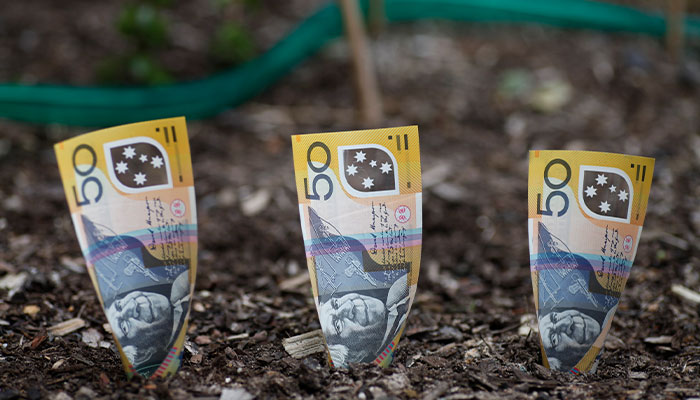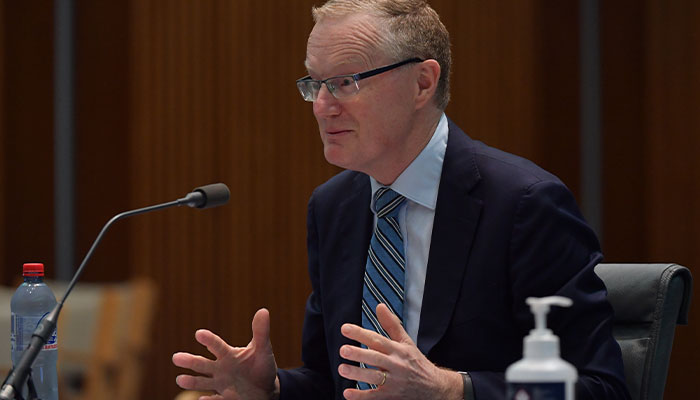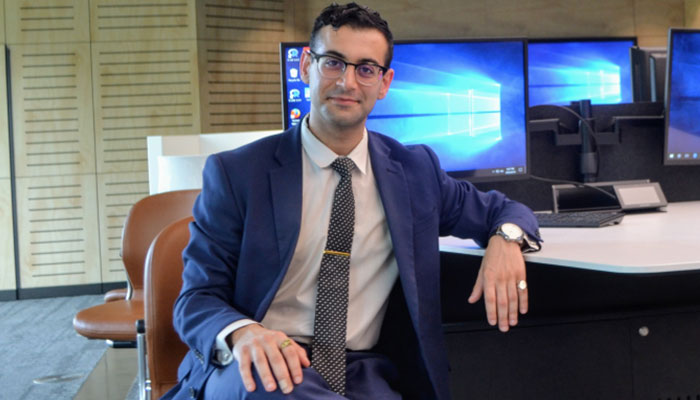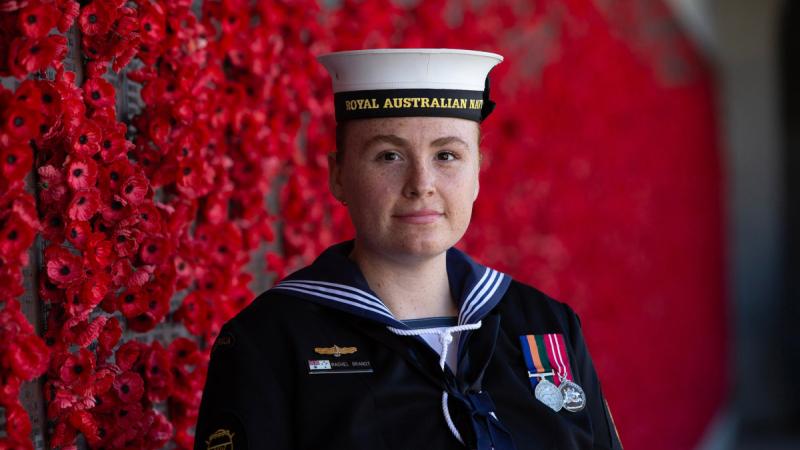Archaeological evidence shows that in ancient Mesopotamia – in today’s Iraq, Kuwait, Syria and Turkey – the first concept of money emerged around 3000 BC.

People used a stylus to draw symbols of agricultural produce on wet clay tablets. These represented a debt of the buyer to the seller, and this is the first record of people trading without using a good itself but a representation of it.
The first metal coins were not used until about 700 BC in Lydia in Anatolia in today’s Turkey, while the first paper money dates back to the Song dynasty in China in about the 11th century AD.
Fast forward to the 21st century in Australia. All our physical money today, plastic bills and metal coins, are printed at the Royal Australian Mint in Canberra. The amount of money printed is controlled by our central bank, the Reserve Bank of Australia.
In 1983, the then Treasurer Paul Keating decided to ‘float the currency’ to buffer us against external shocks – particularly shifts in the terms of trade.
It comes as no surprise that the majority of the money supply is digital these days. Automatic Teller Machines don’t give coins and we often use electronic forms of paying such as credit cards using EFTPOS (electronic funds transfer at point of sale) technology.
Using your Smartphone or Smartwatch, you can also pay without contact. There are services like AfterPay, where you ‘buy now’ but actually pay later. China already has a digital yuan —- a digital dollar will probably be here before long.
An important thing to note is that the Australian currency is a ‘floating currency’. Previously from 1931, our dollar was pegged to the British pound, then the US dollar and eventually, in 1983, the then Treasurer Paul Keating decided to ‘float the currency’ to buffer us against external shocks – particularly shifts in the terms of trade.
The government effectively allowed the market to determine the exchange rate of the AUD against other currencies. This allowed our economy to absorb shocks without generating large inflationary or deflationary pressures experienced under the previous fixed exchange rate regimes.
Who regulates the money
In our modern monetary system today, the Reserve Bank largely dictates the quantity of the money supply in Australia. It also influences the interest rate environment by changing the target cash rate.

Follow the money: Reserve Bank of Australia Governor Philip Lowe … the RBA plays a central role in Australia’s monetary system.
Except there is some international leakage. My research is looking at this — how the globalised banking system and central banks internationally are increasingly contributing to the supply of credit in the Australian economy.
For example, international commercial banks operating in Australia such as the Bank of China, HSBC (UK), ING Bank (Netherlands), Rabobank (Netherlands) and others lend us credit for home loans and commercial loans for business, particularly small and medium-sized business who might not meet the stringent lending requirements of the Big 4 banks.
But these international banks are held captive and are very sensitive to the central bank that dictates the money supply and the cost of funding back in their domestic market.
Luckily, Australia has one of the most robust and resilient banking systems in the world, run by competent treasurers and finance staff.
My point is that the regulators here in Australia really need to keep an eye on the flows of money in and out of the country from these international parties. If they fail to do so, the transmission of international shocks can be more pronounced.
Luckily, Australia has one of the most robust and resilient banking systems in the world, run by competent treasurers and finance staff, backed by a very strong legal framework. If you look at our risk profile, globally, it is very stable.
So far, our system is working well, and we should do all that we can to maintain its resilience.

3MT winner 2021 Hamid Yahyaei (pictured) is Specialised Lecturer, Senior Researcher and PhD Candidate in the Department of Applied Finance at Macquarie Business School.
About the Three Minute Thesis competition
The Three Minute Thesis (3MT®) is an academic competition developed by the University of Queensland (UQ), Australia, for all Higher Degree by Research (HDR) Candidates.
The idea for the competition came about at a time when the state of Queensland was suffering severe drought. To conserve water, residents were encouraged to time their showers, and many people had a three minute egg timer fixed to the wall in their bathroom. The then Dean of the UQ Graduate School, Emeritus Professor Alan Lawson, put two and two together and the idea for the 3MT competition was born.








